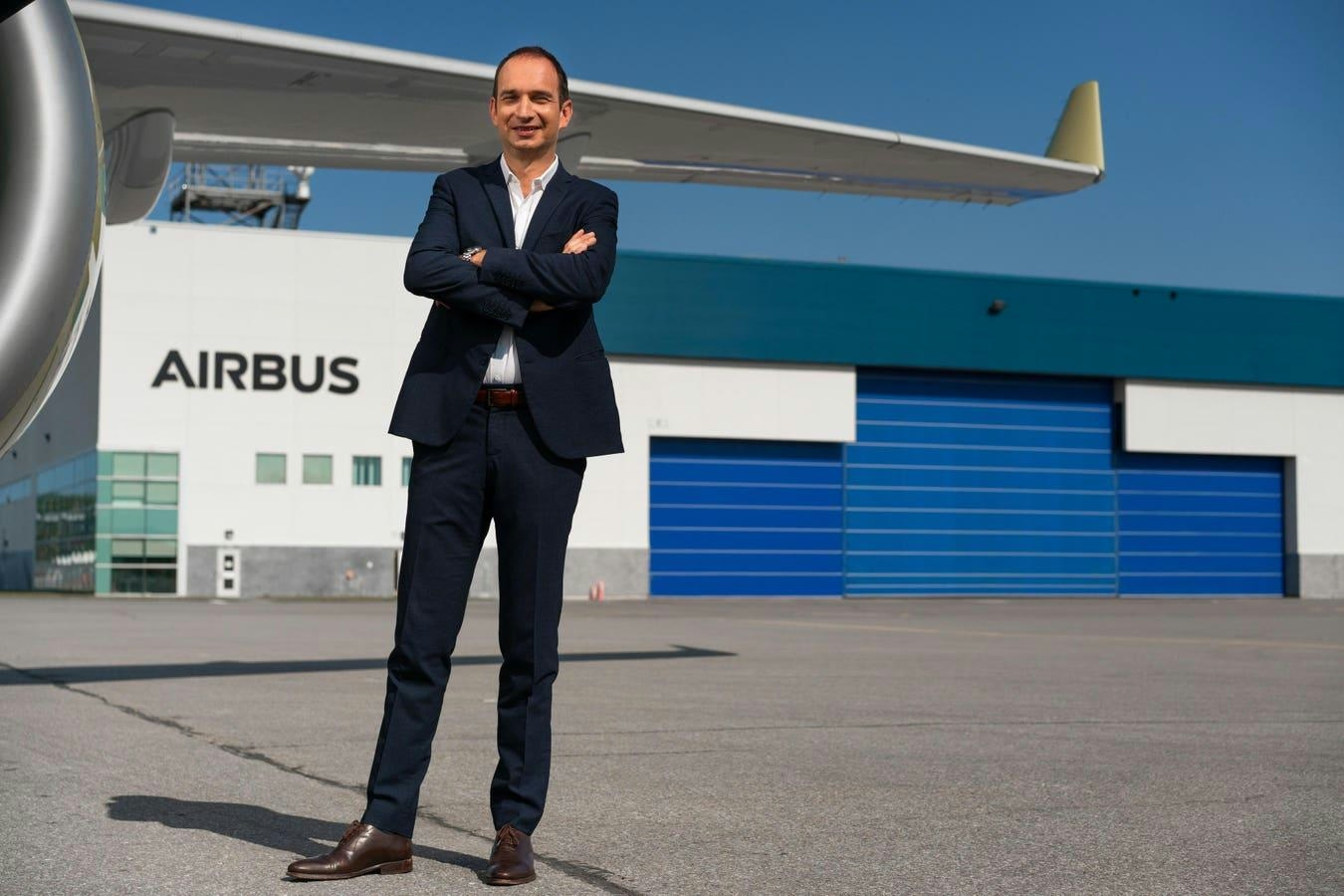
AeroGenie – Ihr intelligenter Copilot.
Trends
Categories
Tata Sons Chairman Urges AI Employees to Maintain Course and Enhance Airline Safety

Tata Sons Chairman Calls for Resilience and Safety Focus Following Air India Crash
In the wake of the tragic Boeing 787-8 Dreamliner crash in Ahmedabad that claimed over 270 lives, Tata Sons and Air India chairman N Chandrasekaran has urged Air India employees to remain steadfast and prioritize safety. Speaking to nearly 700 staff and leadership members at the airline’s Gurugram headquarters and training academy, Chandrasekaran acknowledged the profound grief and shock permeating the organization.
Reflecting on the incident, Chandrasekaran described it as the most heartbreaking crisis he has encountered in his career. He recounted his visit to the crash site and interactions with emergency responders, emphasizing that while the tragedy cannot be undone, the airline must do everything possible to support those affected and honor the victims’ memory.
Navigating Challenges Amid Transformation
Chandrasekaran’s address comes at a critical juncture for Air India, which is currently undergoing the Vihaan.AI transformation program initiated by the Tata Group. This ambitious initiative aims to establish Air India as a world-class global airline within five years. However, the recent crash has cast a shadow over these efforts, raising concerns about the airline’s reputation, operational momentum, and the broader perception of India’s aviation sector. Industry experts warn that the incident could affect inbound tourism and business travel, potentially reshaping both the aviation and tourism industries at a pivotal moment for the carrier.
In his remarks, Chandrasekaran stressed the importance of resilience and determination. He urged employees to use the tragedy as a catalyst to build a safer airline and to remain committed to the transformation agenda. He also highlighted the complexity of the aviation industry, noting the multiple layers of redundancies, checks, and certifications designed to ensure safety, while acknowledging that tragic failures can still occur. He called for patience as the investigation into the crash continues.
Recognizing the emotional toll on Air India’s workforce, Chandrasekaran appealed for unity and strength amid public scrutiny. He acknowledged the challenges of facing criticism when deeply invested in the airline’s success but encouraged staff to embrace determination as a guiding principle through this difficult period.
During his visit, Chandrasekaran toured key operational units, including the Emergency Command Centre, Integrated Operations Control Centre, and Customer Service and Support division. He underscored the vital role each employee plays in the airline’s functioning, reminding them that significant achievements are the result of many small actions and urging them to “stay the course.”
As Air India confronts the aftermath of the crash and the challenges it presents to its transformation goals, Chandrasekaran emphasized the need for collective resilience and a renewed commitment to safety. He concluded with a call to rise above the crisis and fulfill the aspirations of becoming the airline India deserves.

EmPower Introduces Aviation Training Emphasizing Sustainability and Innovation
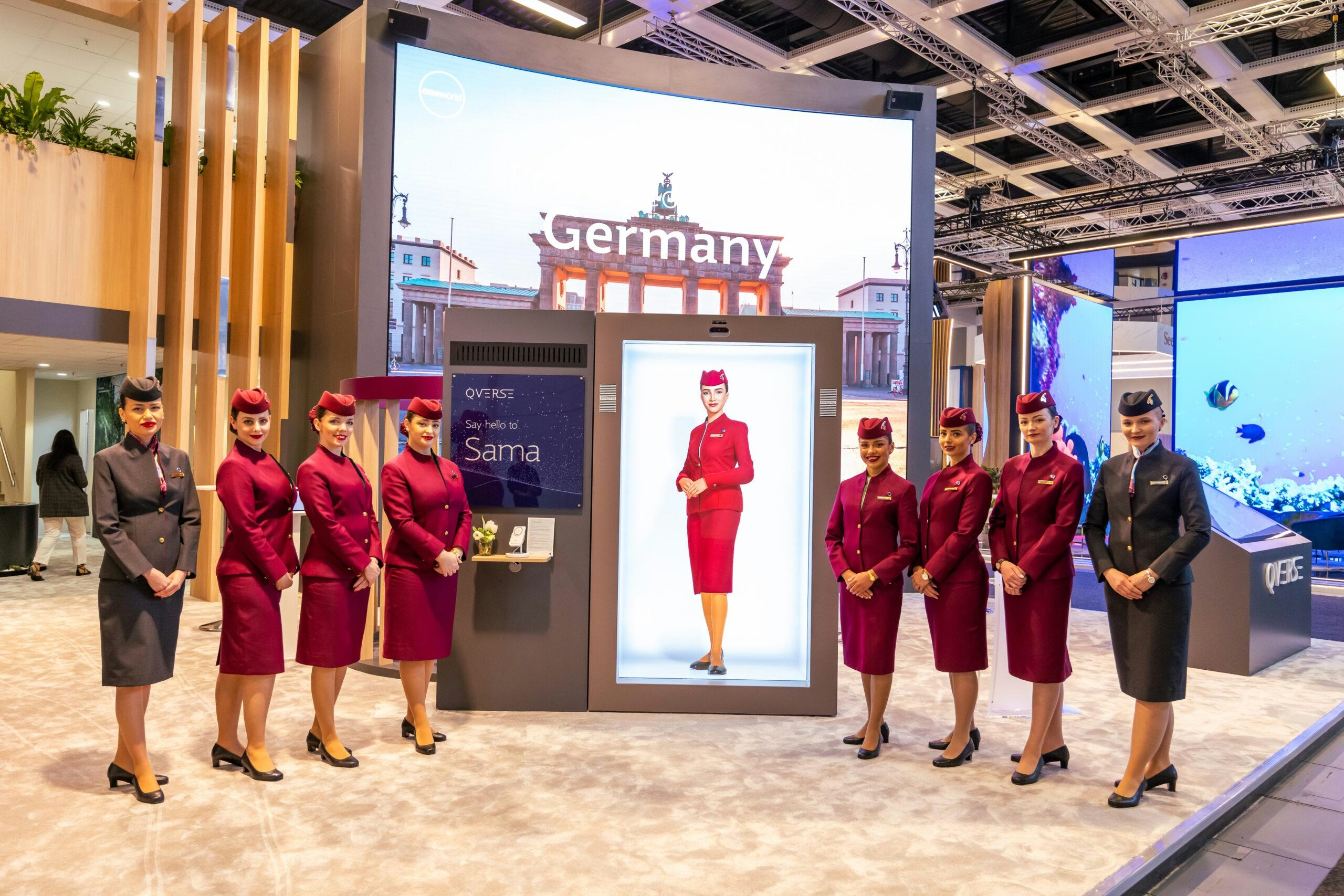
Qatar Airways Unveils the World’s First Digital Cabin Crew Member
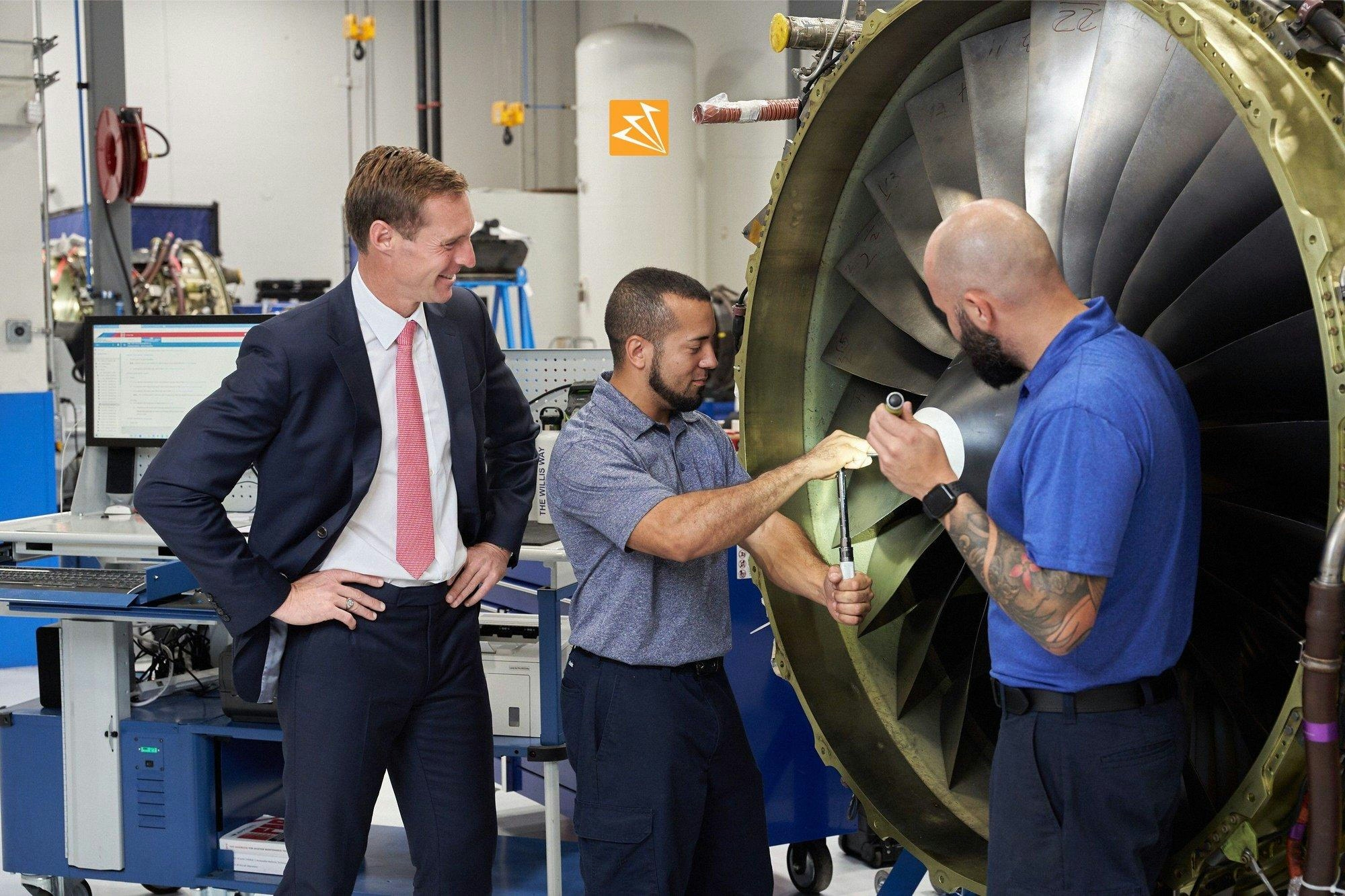
Willis Lease Finance and Blackstone Credit Form $1 Billion Aircraft Engine Leasing Partnership
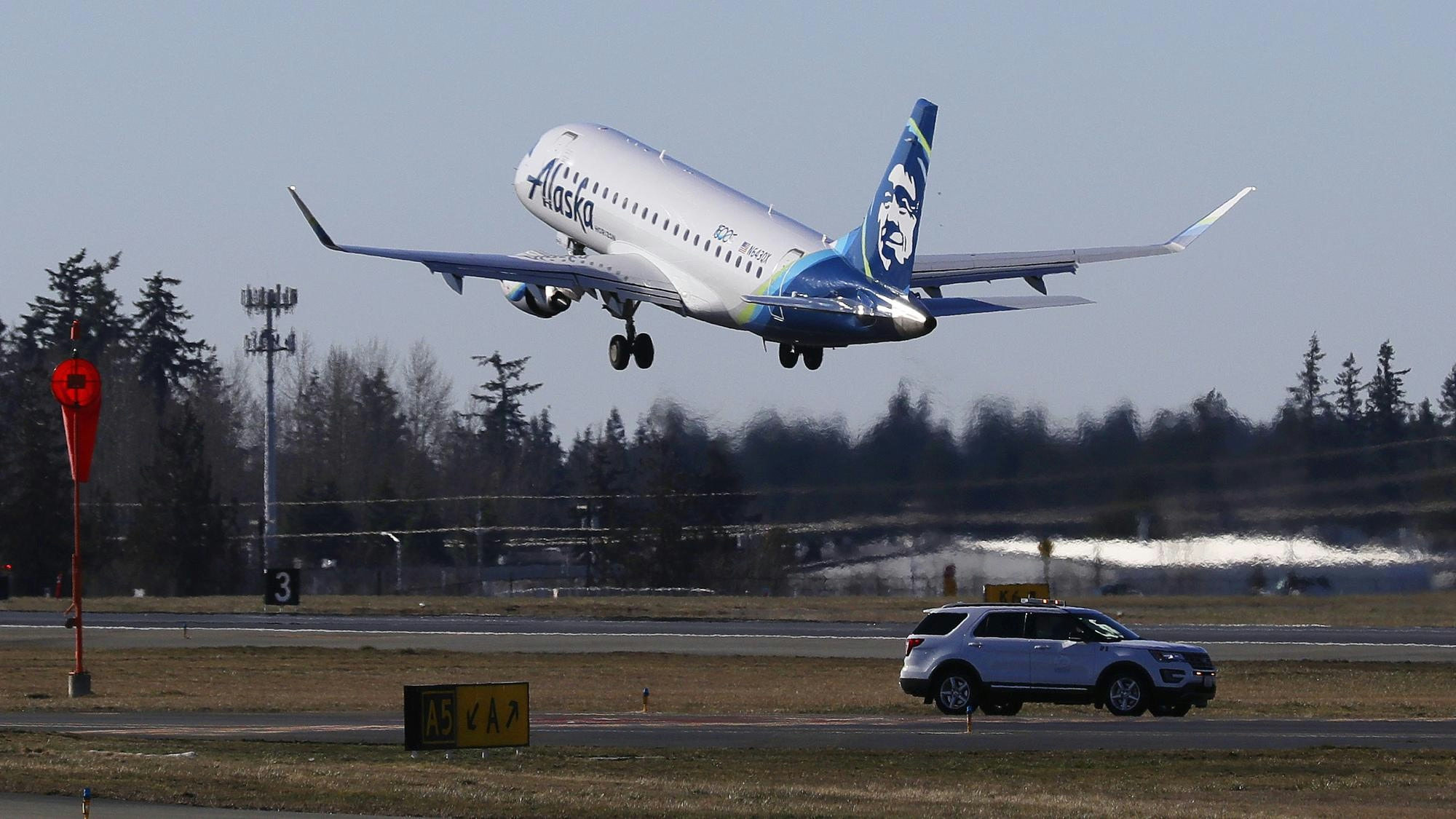
Audio Captures Off-Duty Pilot Attempting to Shut Down Alaska Airlines Engines
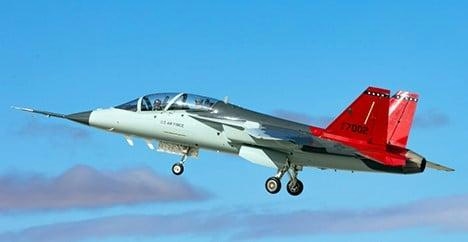
Textron Systems Awarded T-7A Training Contract
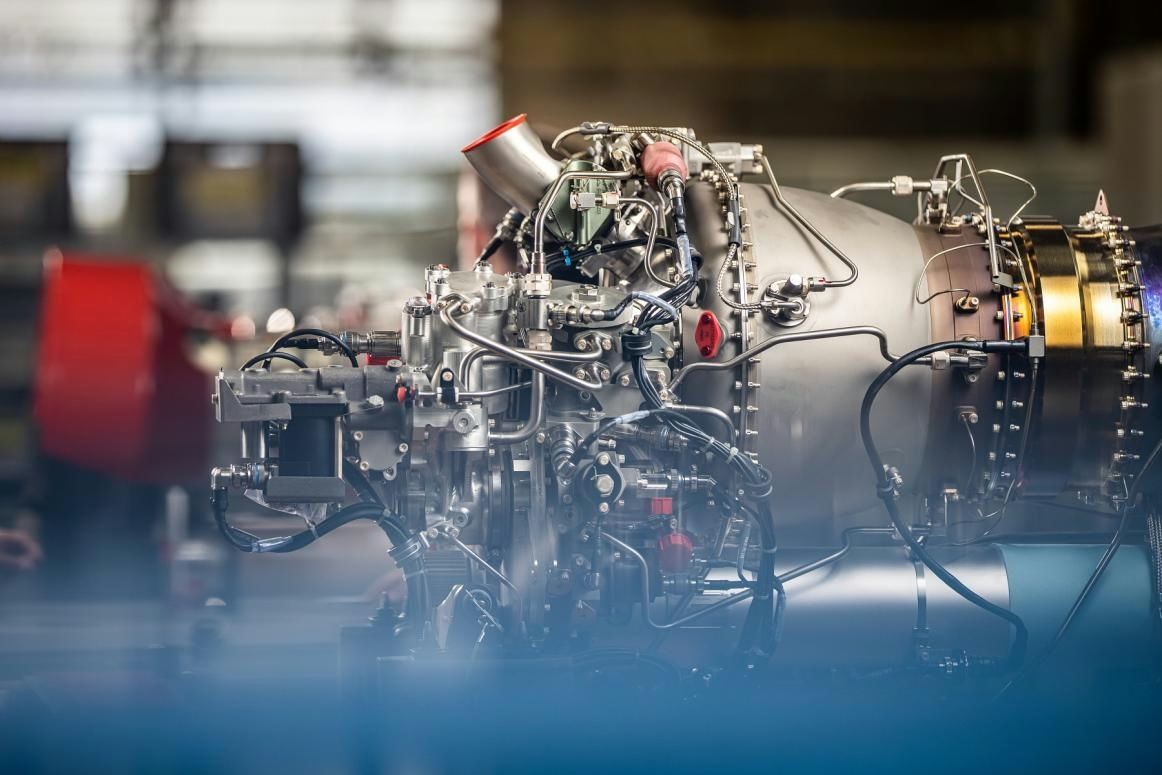
Safran to Develop Eurofl’Eye System for NH90 Helicopters
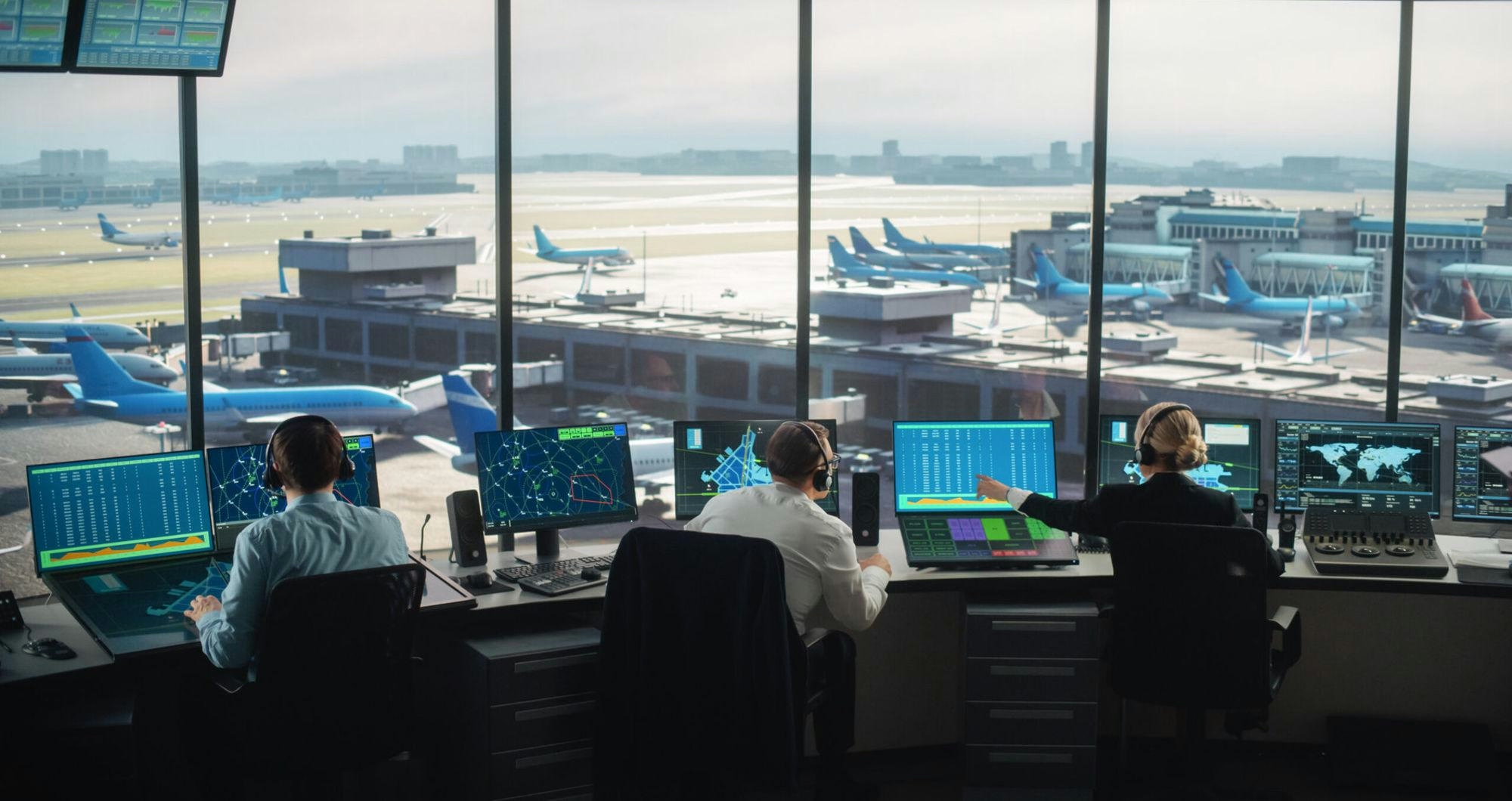
Enhancing Aviation Security with New Technologies
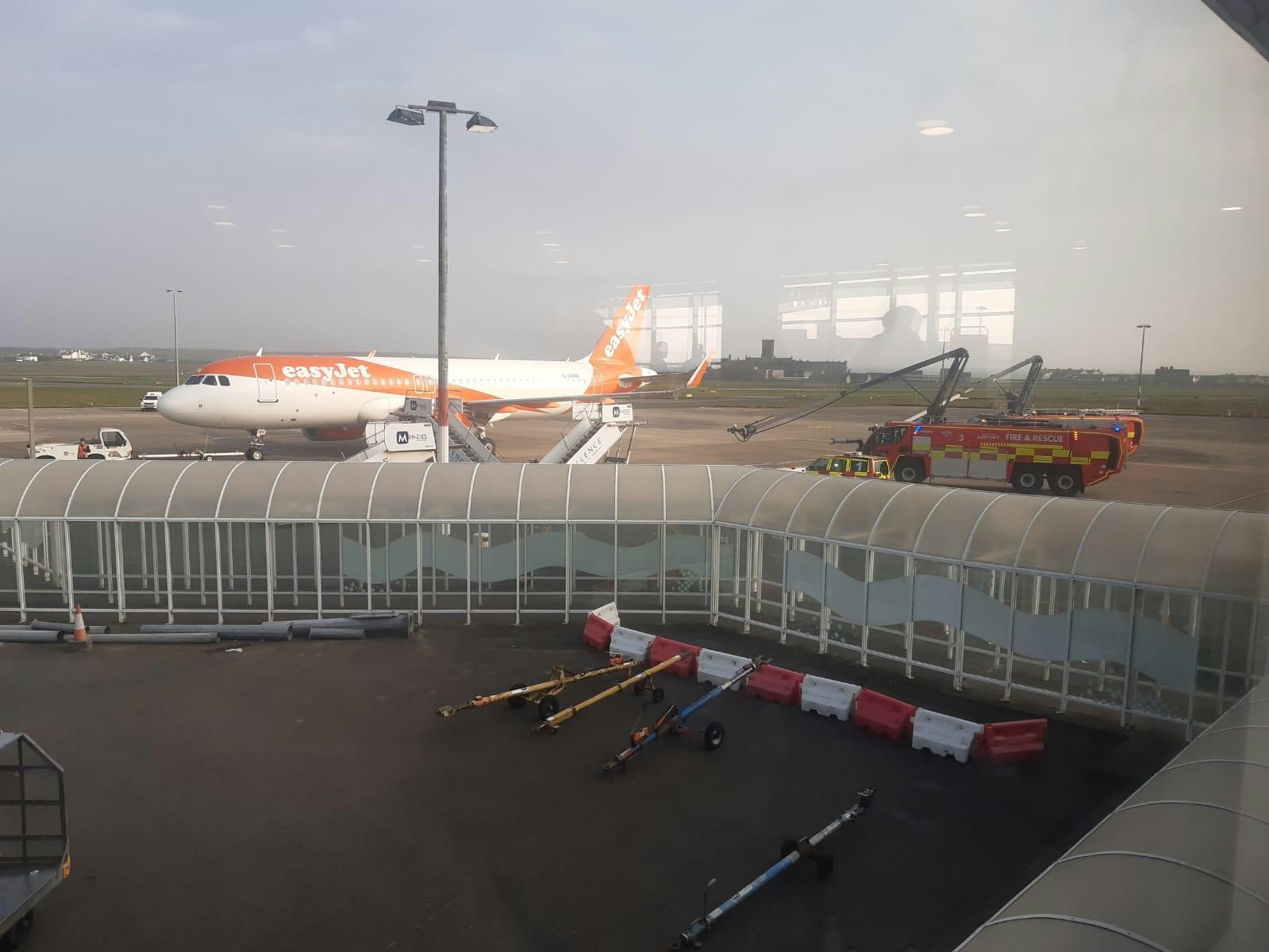
EasyJet Plane Grounded After Mid-Air Engine Fire

Turkish Technic Renews Partnership with AirSial
